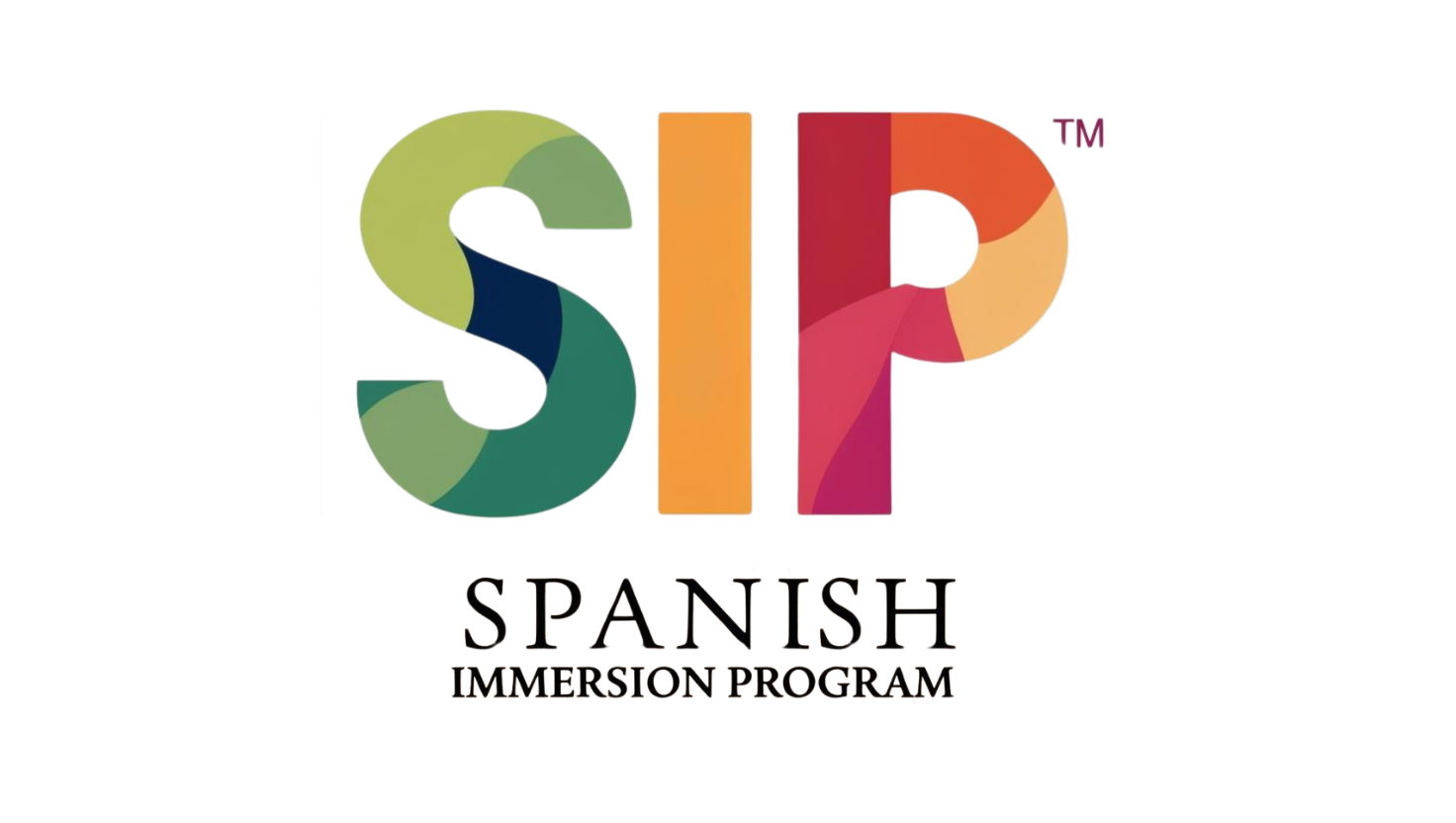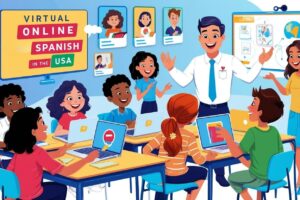
Solving Teacher Shortages: Virtual Spanish Programs as a Game-Changer
Teacher shortages are a pressing issue for schools nationwide. According to the Learning Policy Institute, the U.S. faces a shortfall of over 100,000 educators annually. Finding qualified educators to lead specialized programs like Spanish immersion can feel like an uphill battle. However, virtual Spanish programs offer a scalable solution to this challenge.
Key Advantages of Virtual Programs
- Certified Educators: Access state-certified teachers without the need for on-site staff, ensuring quality instruction regardless of location.
- Flexible Scheduling: Virtual classes can be tailored to fit your school’s timetable, accommodating various student needs.
- Cost-Effective: Save on recruitment and training costs while maintaining high-quality instruction through scalable virtual platforms.
How It Helps Administrators By leveraging virtual platforms, schools can seamlessly integrate bilingual education into their curriculum without overburdening existing staff. With live-streamed or pre-recorded options, students benefit from interactive, engaging lessons taught by experienced educators. This approach also reduces the need for physical resources, saving schools additional costs.
Blog 3: Budget-Friendly Bilingual Education: Cost-Effective Solutions for Schools
Why It’s Affordable
- Pre-Designed Curriculum: Ready-to-use lesson plans eliminate the need for costly curriculum development, saving schools thousands of dollars annually.
- Virtual Modules: Reduce overhead by using online platforms for instruction, eliminating the need for full-time on-site staff.
- Scalable Solutions: Programs can be customized to fit class sizes and schedules, maximizing impact while minimizing costs.
Return on Investment Schools that offer Spanish immersion often see higher enrollment rates and improved academic outcomes. According to the National Association for Bilingual Education (NABE), bilingual students are more likely to graduate and pursue higher education, proving that bilingual education is not just an expense but an investment in student success.



